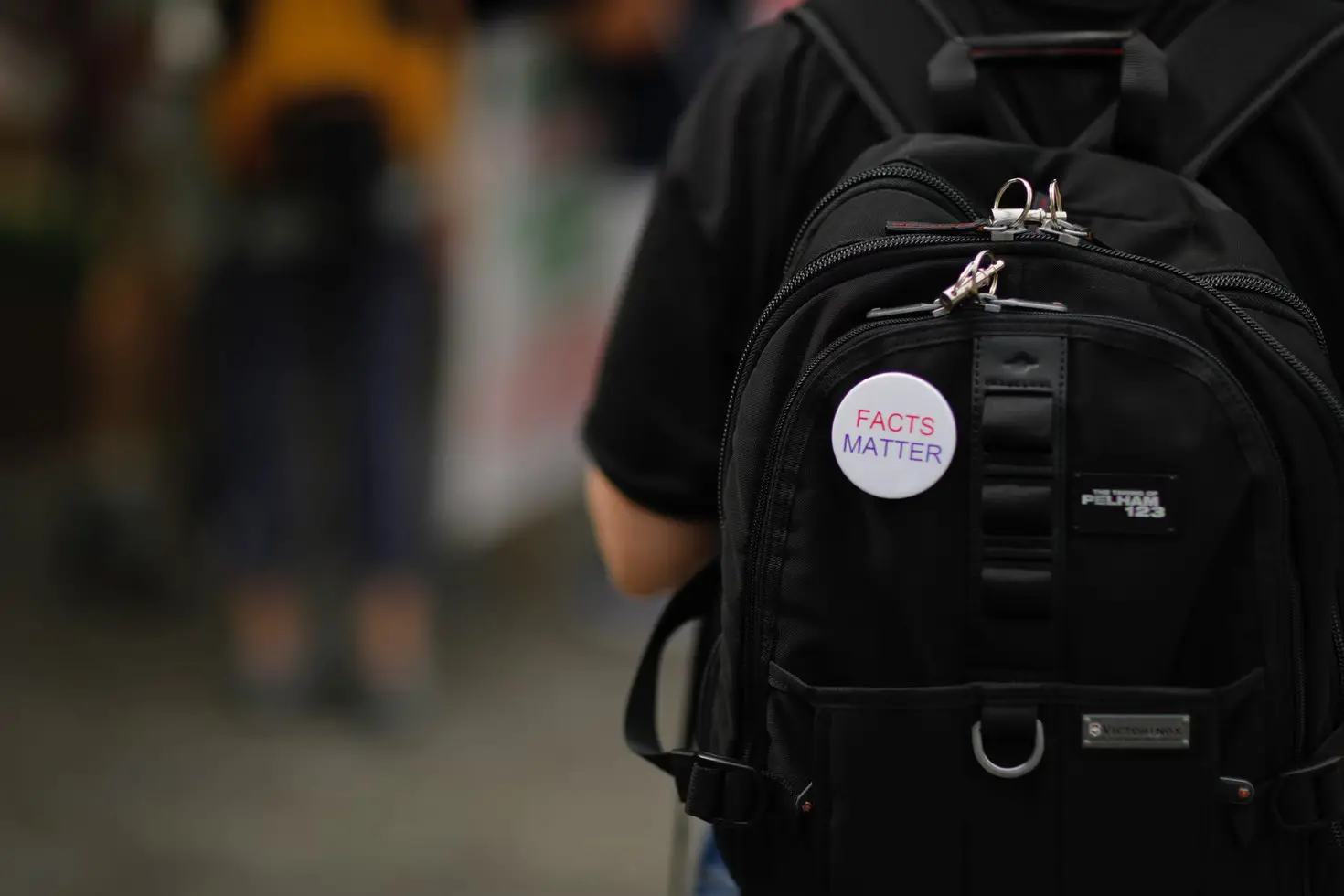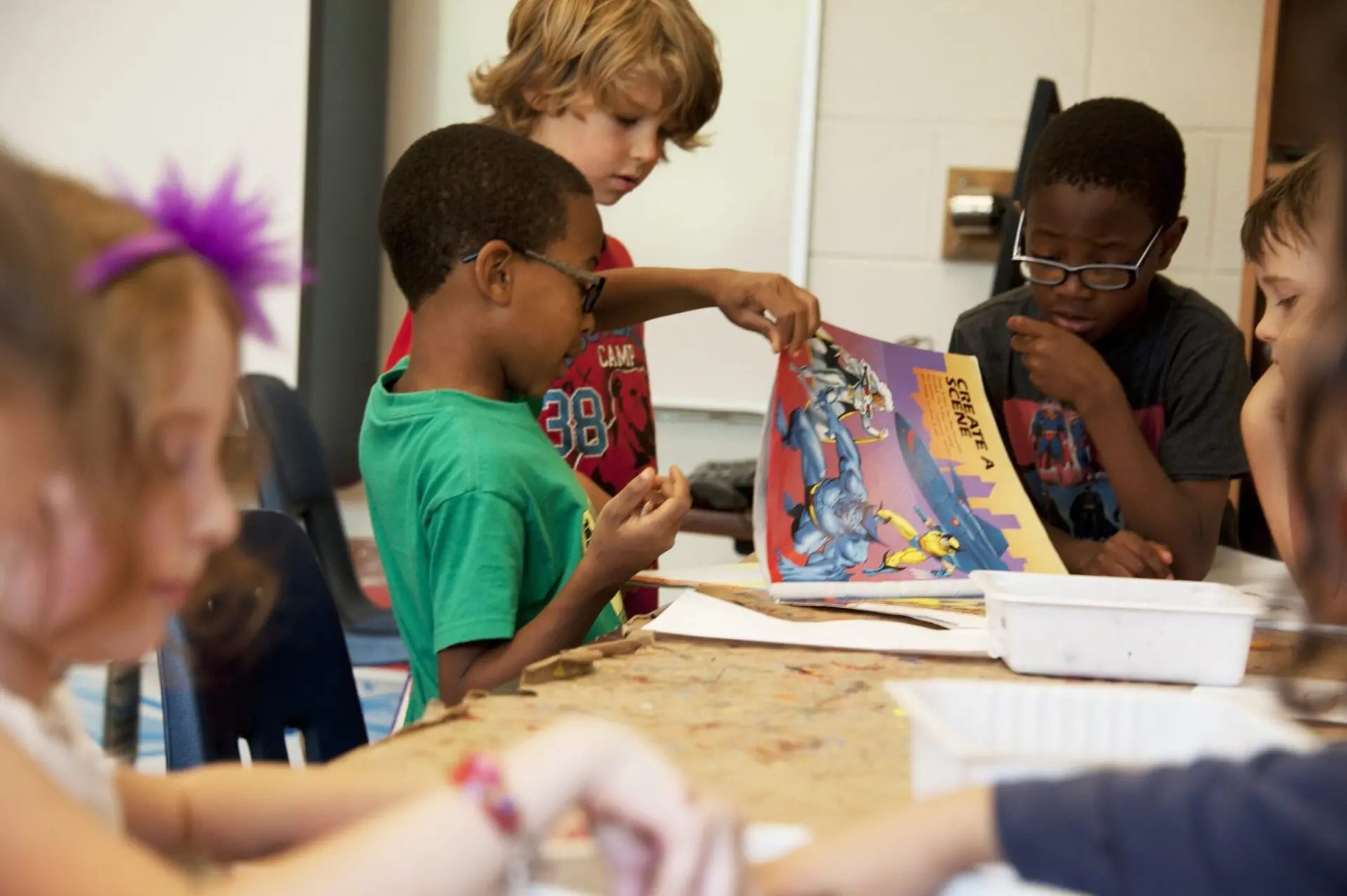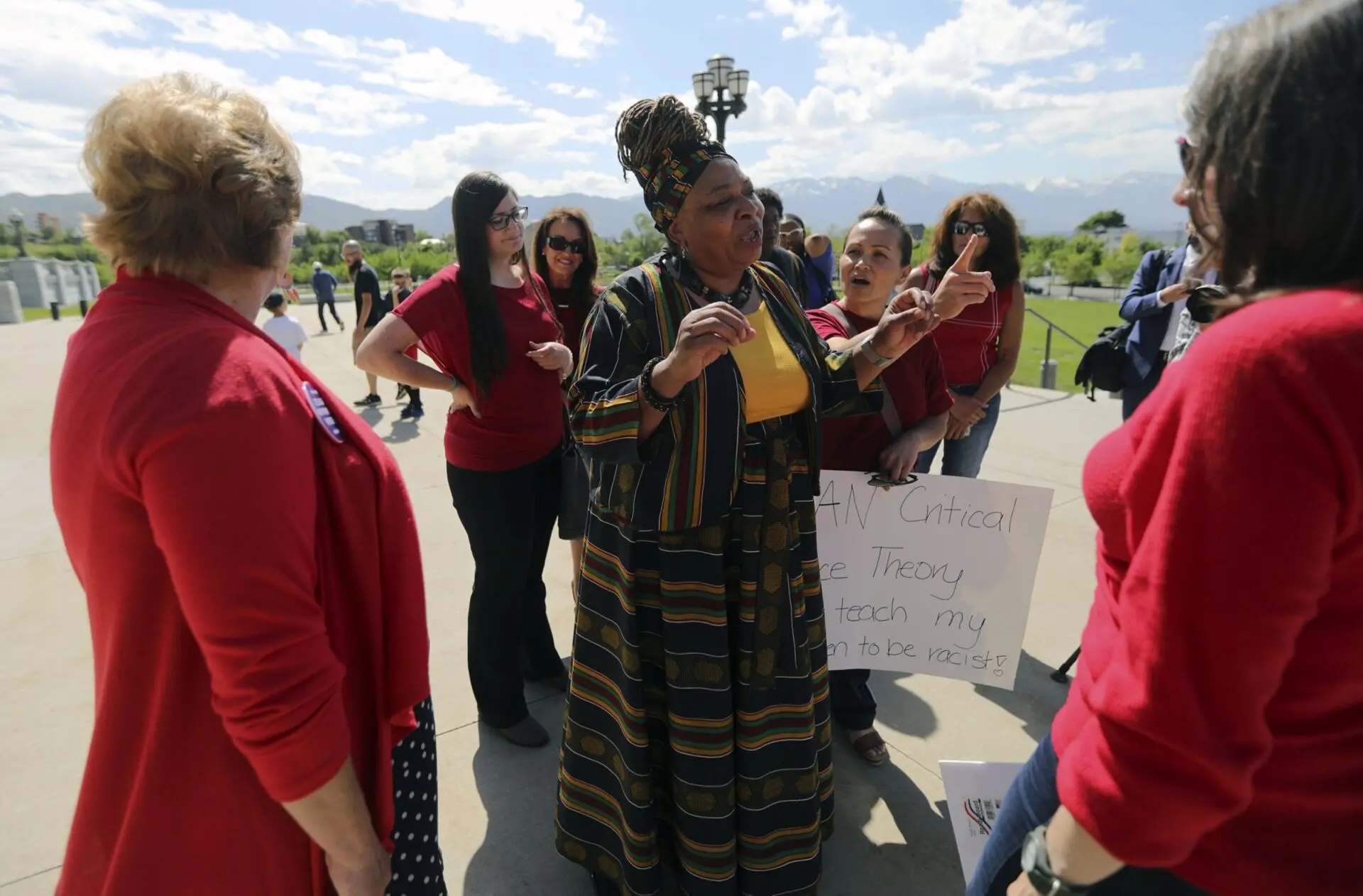We don’t have a shared story of America’s past anymore — and that’s a problem
Op-Ed by Jonathan Zimmerman, originally published in the Washington Post
In 1996, Christian Coalition leader Ralph Reed urged his conservative legions to take over America’s public schools. “I would rather have a thousand school board members than a single president,” declared Reed, whose organization sought to bring America “back to God” via school prayer, Bible reading and bans on evolution instruction.
Last year, former Trump adviser Stephen K. Bannon likewise called on right-wing Americans to capture the schools. “The path to save the nation is very simple — it’s going to go through school boards,” Bannon proclaimed. But Bannon made no mention of God or religion; instead, he warned about critical race theory and the 1619 Project.
That’s the most significant change in our school wars over the past two decades: They’ve become secular. Conservatives have attacked public education for as long as it has existed. But they used to lambaste schools for eroding God and country, as the saying went. Now, they’re leaving God out of the equation, focusing their ire on the ways that schools teach about American history and identity. They have spearheaded campaigns to prohibit teaching critical race theory, lessons about gender norms and anything else that seems to threaten traditional conceptions of the nation.
That would be a healthy thing for our democracy, if schools used this moment to deliberate over our different views of America. But the present-day GOP campaign is aimed at squelching that debate, not provoking it. Witness the avalanche of state measures barring instruction about “divisive topics,” especially race and gender. These laws seek to impose a singular narrative of the United States, because — unfortunately — we don’t have a shared one anymore.
And that’s new, too. Previous conflicts over history in schools typically concerned who was part of the story, not its larger arc and purpose. Our textbooks described America as a land of freedom and progress, but they denigrated — or, simply, excluded — women and racial minorities. So these groups fought tooth and nail to win a role in the grand national narrative.
But most of them also resisted any questioning of this story, lest that diminish their own contributions to it.
In the 1920s, for example, immigrant groups joined hands with Protestant patriotic societies to block critical interpretations of the American Revolution. At universities, a new generation of historians argued that the Revolution wasn’t simply a morality play between evil Redcoats and freedom-loving colonists. Some British statesmen supported American independence, large numbers of Americans rejected it and the same nation founded on liberty and equality continued to enslave millions of Black people.
But if students encountered that complexity, Polish immigrants worried, they might think less of Thaddeus Kosciuszko, the Polish nobleman who aided the American cause. Ethnic Germans feared that their own Revolutionary War heroes, Baron DeKalb and Molly Pitcher (born, Germans said, Maria Ludwig) wouldn’t seem quite as heroic. African Americans rallied to defend Crispus Attucks, the first person to die in the Revolution. And Jewish Americans wished to protect the good name of Haym Salomon, the Philadelphia merchant who helped finance it.
The history curriculum sparked controversy during the civil rights era — when Black protesters fought to remove racist defenses of slavery from textbooks — and into the 1990s, when a proposed set of national history standards raised the hackles of conservative luminaries like William Bennett and Lynne Cheney. But the standards, which gave renewed attention to women and racial minorities, fell squarely within the traditional tale of freedom and progress. “Can there be any grand narrative more powerful, coherent, democratic, and inspiring than the struggles of groups that have suffered discrimination?” asked leaders of the standards effort. Indeed, a teacher who helped draft the standards added, Thomas Jefferson himself would have been proud of the project.
When tension over history flared, in short, we folded new actors into the old story. But America’s battles over religion couldn’t be settled in the same additive, come-one-come-all fashion. Either human beings evolved from apes, or they didn’t; either Jesus was the Messiah, or he wasn’t. Most schools conducted prayer and scriptural reading from the Protestant Bible, triggering angry objections from Catholics and non-Christians. Others hosted “released-time” classes, which theoretically let families choose their own denominational instruction.
Much of that activity came to an end in the early 1960s, when the Supreme Court barred school-sponsored prayer and Bible reading. Conservative Christians strove to retain them, designing sports team prayers and other activities to “bootleg” religion (a football metaphor, of course) into the schools.
But they were fighting a losing battle. Since 2000, church affiliation and attendance have plummeted sharply. Meanwhile, orthodox believers increasingly abandoned public schools for Christian academies or simply taught their children at home. Scattered communities still struggle over religion, as in the Washington state school district that said a football coach couldn’t pray on the field after games. (Earlier this year, the Supreme Court ruled that he could.) Overall, though, the religion wars in our schools have cooled considerably.
Yet our battles over history now blaze as never before. Over the past two decades, historians and activists have raised new questions about the larger purpose and meaning of America. Instead of simply bringing new actors into the same triumphal story, they have asked whether the story is a triumph — and for whom. This isn’t just a matter of what Jefferson would have liked. It’s instead a question of whether we should like Jefferson, a man who enslaved human beings and fathered children by one of them.
Such challenges sparked predictable outcry from Republicans, especially after the election of Barack Obama in 2008. Claiming — falsely — that Obama was born in another country, the tea party movement and other conservatives rallied to defend “American exceptionalism” in schools. In practice, that often meant purging textbooks of material about slavery, Native American displacement and anything else that seemed to put the nation in a negative light.
All of these tensions exploded during the presidency of Donald Trump. The 2017 white-supremacist rally in Charlottesville and the 2020 police murder of George Floyd — plus Trump’s own racist rhetoric — spawned yet more debate about the nation’s past. The 1619 Project was not simply a demand to include minority voices in the American story of freedom and progress. Instead, as its name suggested, it rooted that narrative in slavery and oppression. Trump replied with his own flag-waving 1776 Commission, which President Biden disbanded as soon as he took office.
But the struggle for history continues, not just in local debates at school board meetings — as Bannon urged — but in statehouses. New laws restricting instruction about race and gender in schools have all been sponsored by Republicans, who sense — correctly — that the American story they grew up with is under scrutiny as never before.
And so is another story, one about religion and nation that liberals used to tell: As the country secularized, Americans would become more tolerant and united. But the opposite happened. We divided into mutually hostile political camps, which became quasi-religions in their own right.
The real question is whether either team would consent to have its faith critiqued in schools. How many Americans would be okay with presenting documents from the 1619 Project and the 1776 Commission to our students, and letting them decide which story they favor? American history is far muddier than either side will admit. It combines the noble ideals that the right wants to emphasize and the oppressive reality that the left insists upon including. Good history teaching involves both perspectives, and — most of all — it requires students to make sense of them. That’s not to say we must give “equal time” to Holocaust denial or other plainly false claims. But we do need to acknowledge that equally reasonable people use the same facts to come to different views of our shared past.
We cannot celebrate America for prizing individual freedom of thought and then tell every individual what to think. Healing our fractured nation will require allowing our future citizens to narrate it on their own.







